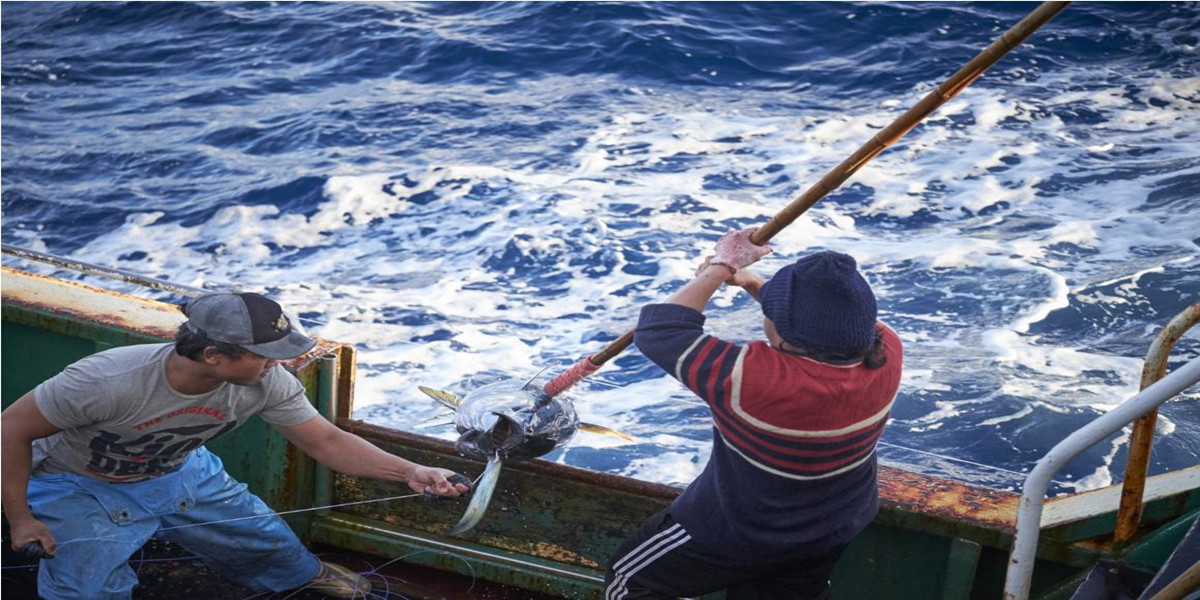Request A Free Quote
How to Catch Big Tuna Fishes?

As a professional fisher, targeting big tuna can be an exciting and rewarding endeavor. To successfully catch big tuna, you’ll need the right tools and knowledge. Here’s a guide to help you:
Equipment:
Rod and Reel: Invest in a sturdy and reliable heavy-duty fishing rod and reel combo specifically designed for big game fishing. Look for models with high line capacity and a strong drag system.
Line: Choose a high-quality braided line with a test strength of at least 80 pounds or more to handle the power of big tuna.
Terminal Tackle: Use heavy-duty swivels, strong hooks (preferably circle hooks), and appropriate leader material. Fluorocarbon leaders with a test strength of 100 pounds or more are commonly used.
Lures/Baits: Tuna can be caught using a variety of lures such as poppers, stickbaits, and jigs. Live bait like mackerel, sardines, or squid is also effective.
Locate Tuna:
Research: Study tuna migration patterns and feeding habits in your region. Look for areas with high chances of finding tuna, such as offshore seamounts, current edges, and temperature breaks.
Technology: Utilize fish finders, radar, and satellite imagery to locate baitfish schools, bird activity, and temperature differentials, as these indicators often point to tuna presence.
Local Knowledge: Consult with experienced local anglers, charter captains, or fishing forums to gather information about productive fishing spots.
Fishing Techniques:
Trolling: Troll large lures or rigged baits behind your boat at varying speeds, typically between 6 to 10 knots. Adjust the depth and distance of your lures based on the location of the tuna.
Chunking: Deploy a “chunk line” technique where you create a trail of chunks (small pieces) of bait in the water to attract tuna. Place a hooked bait among the chunks to entice the fish.
Casting: When tuna are actively feeding near the surface, cast lures or poppers towards the fish, mimicking the movement of injured baitfish. Retrieve the lure with erratic action to trigger strikes.
Important Considerations:
Safety.







